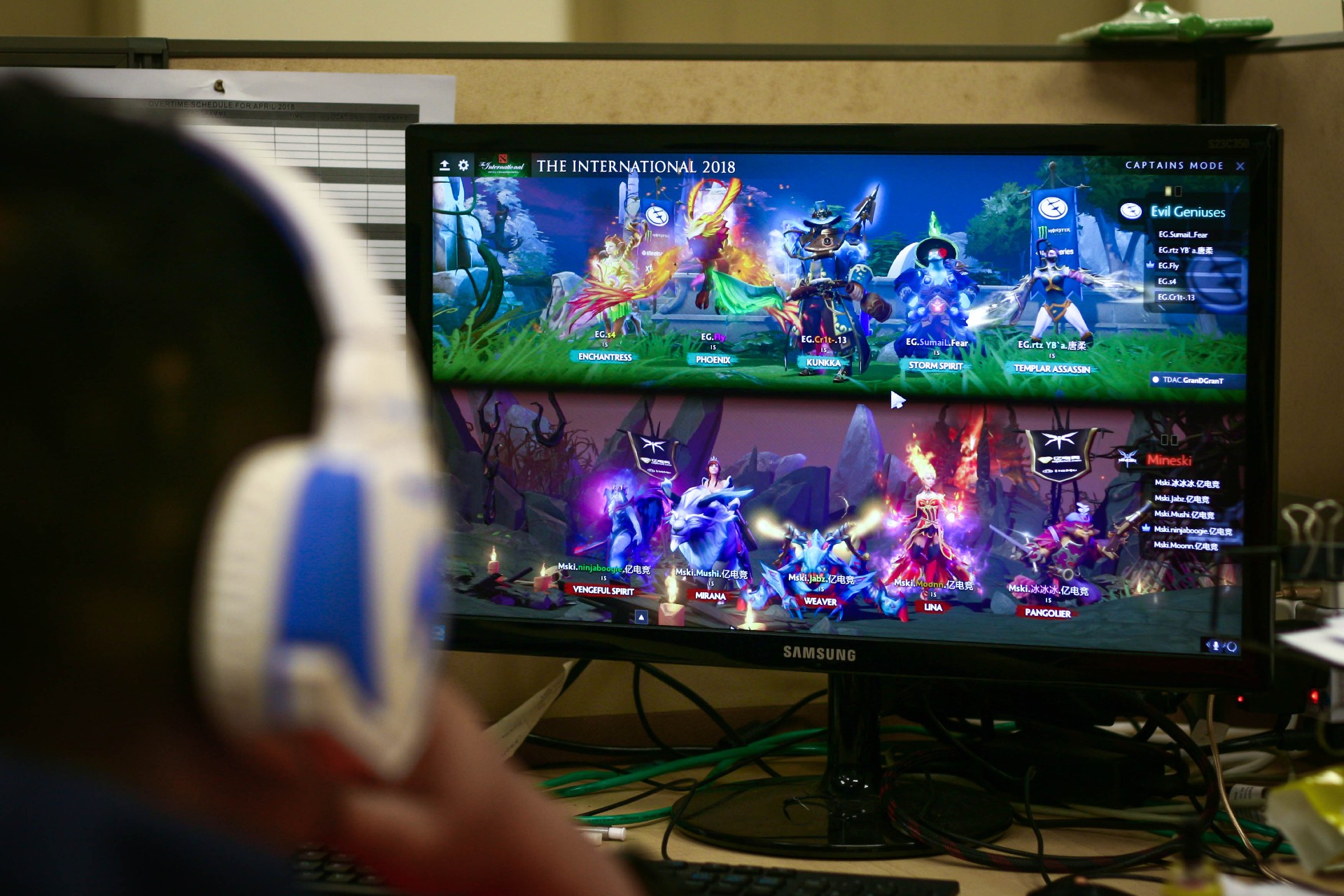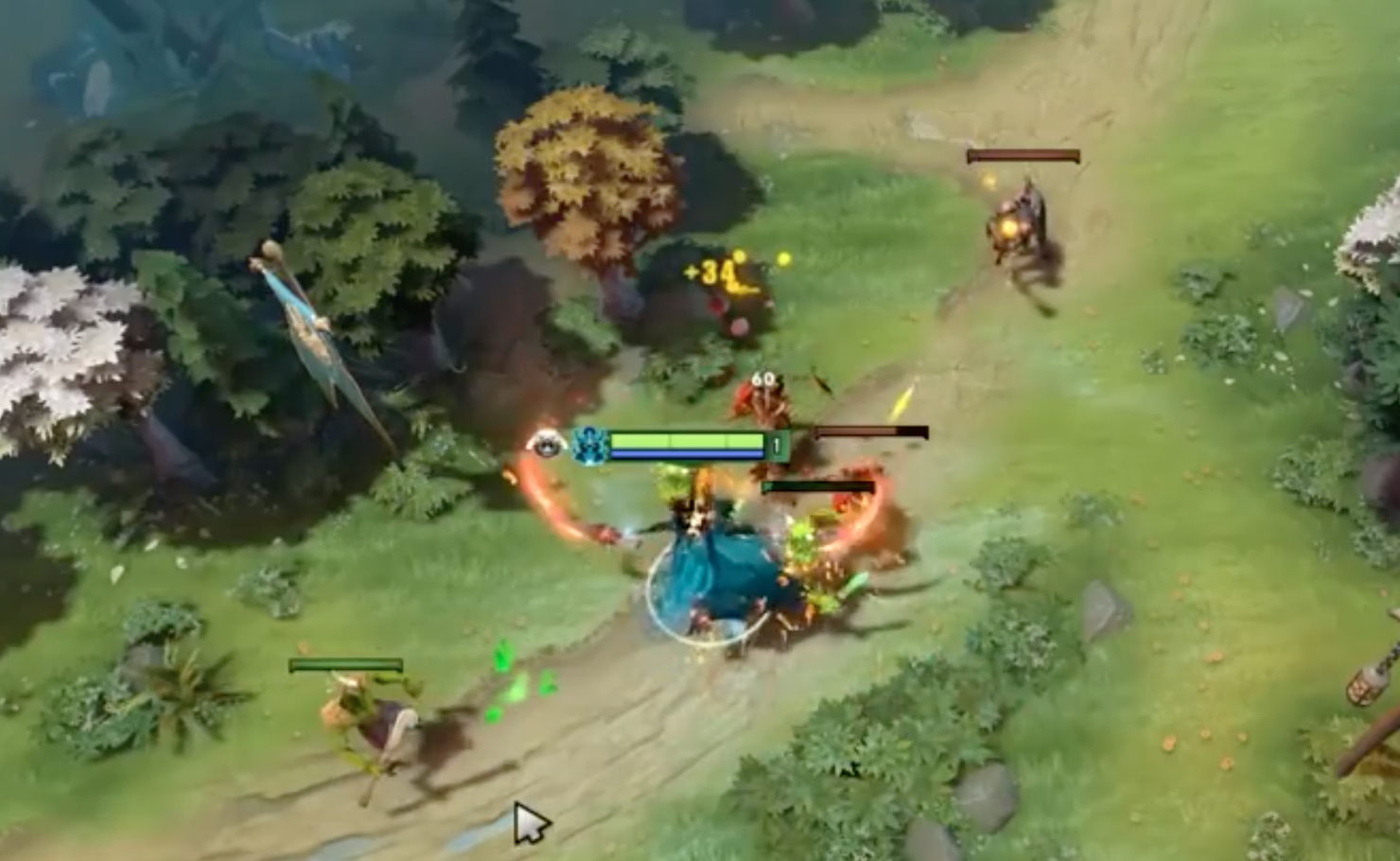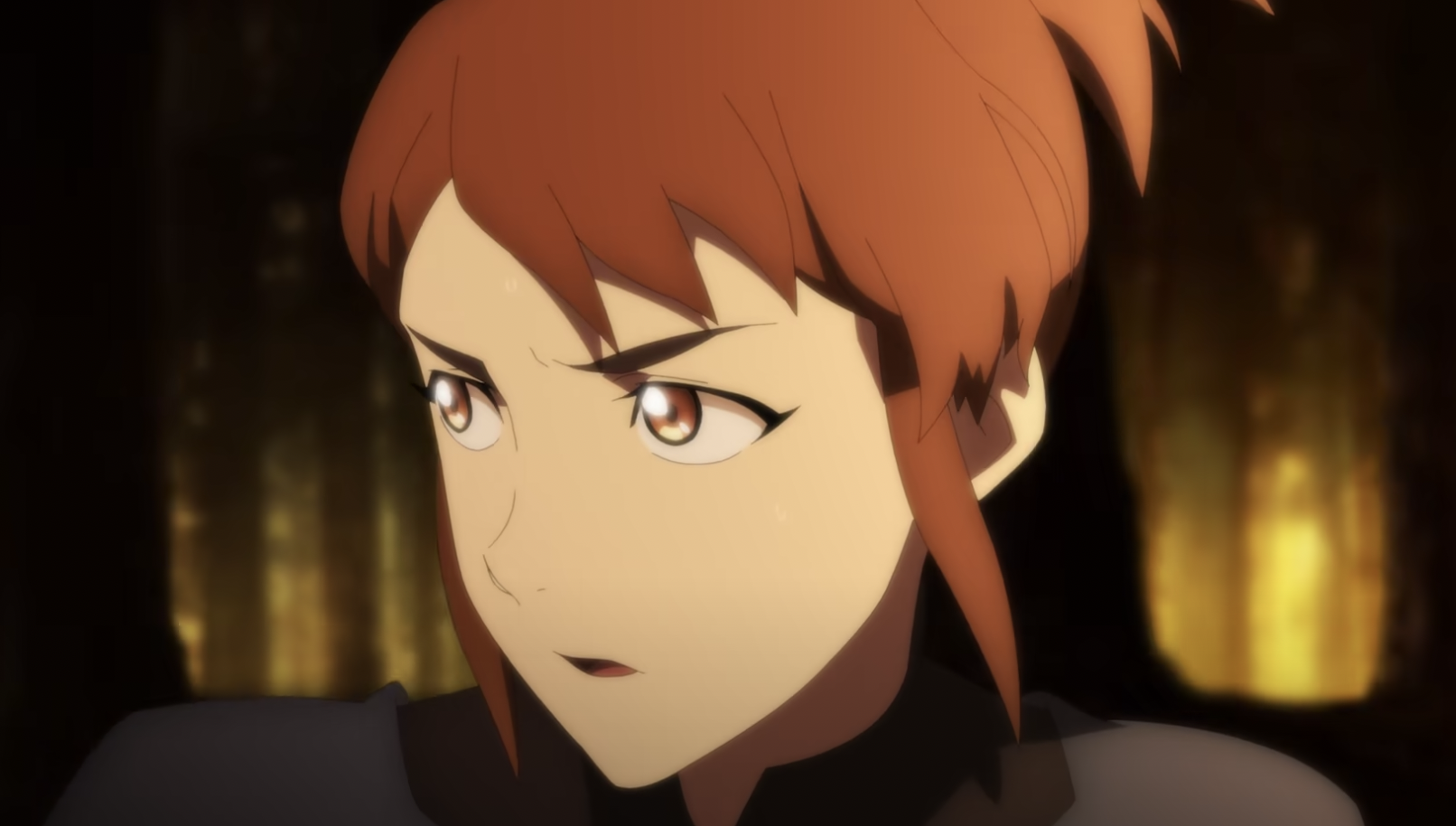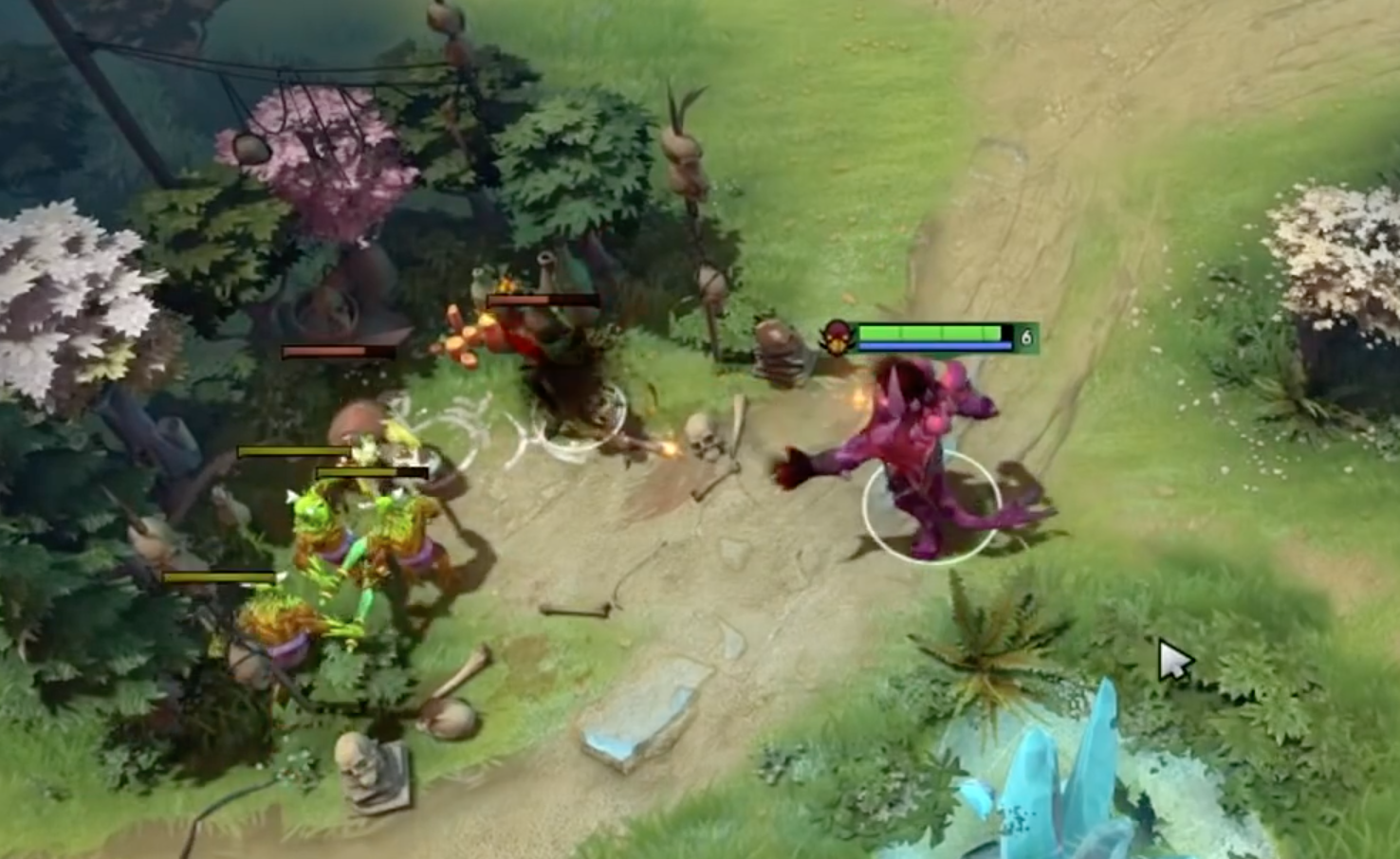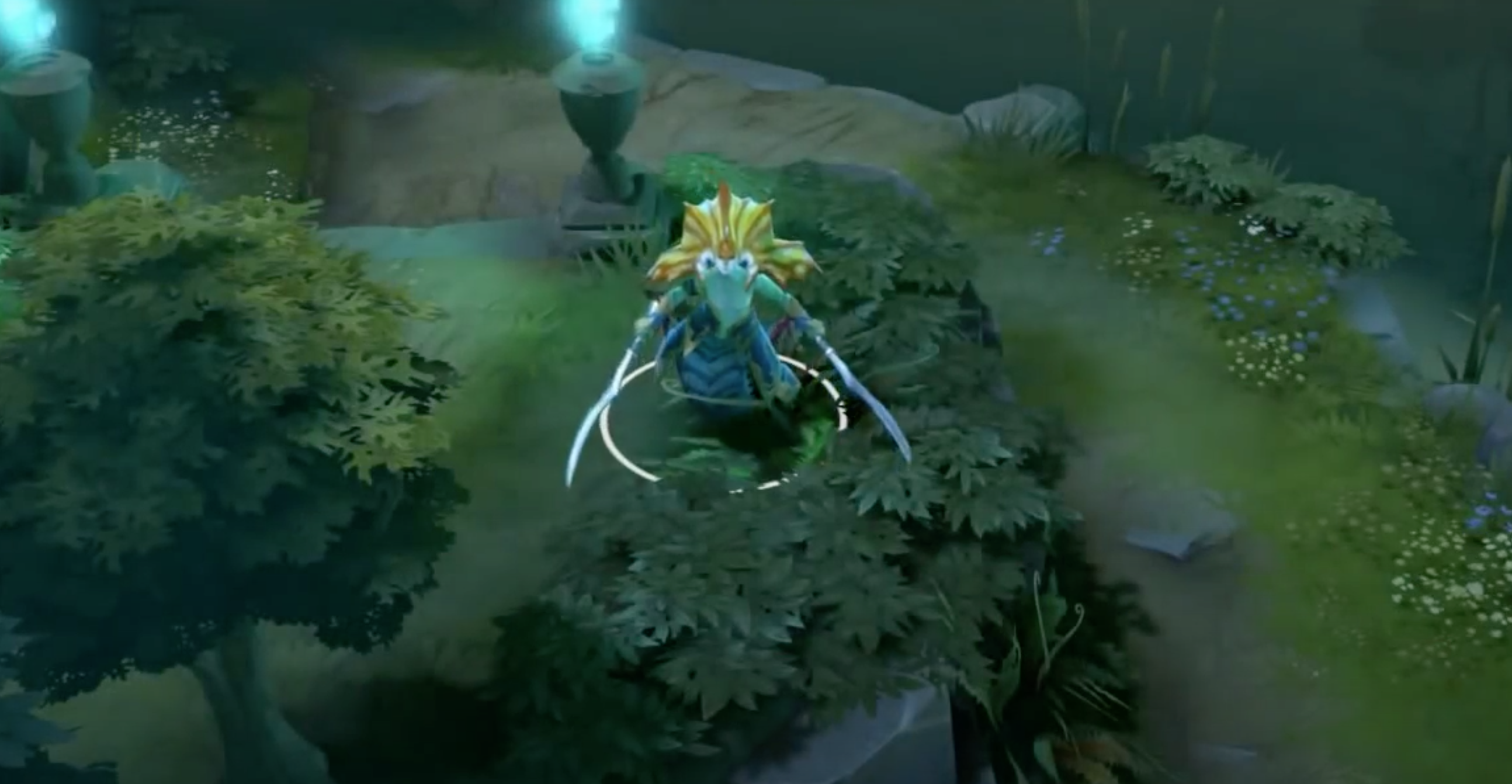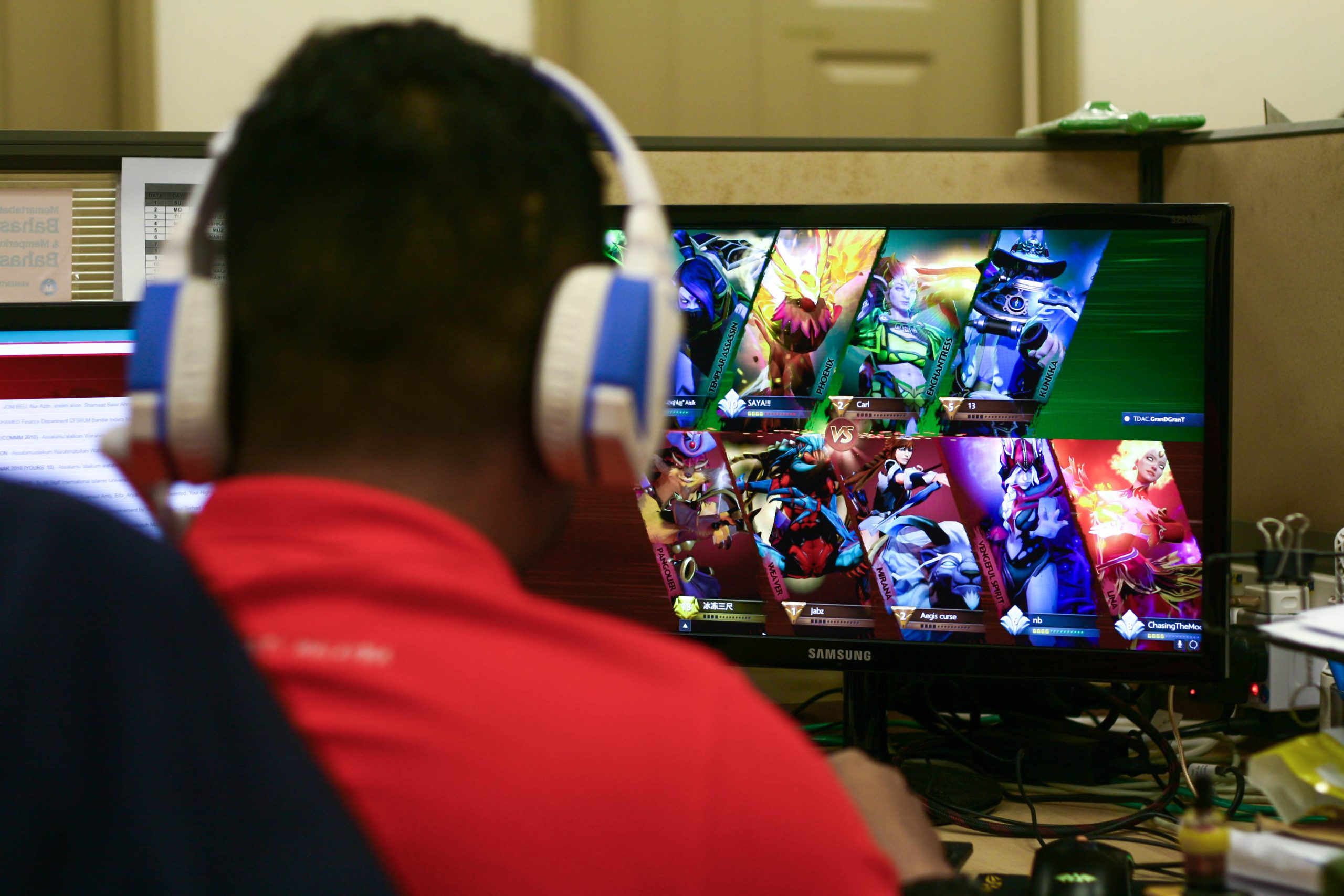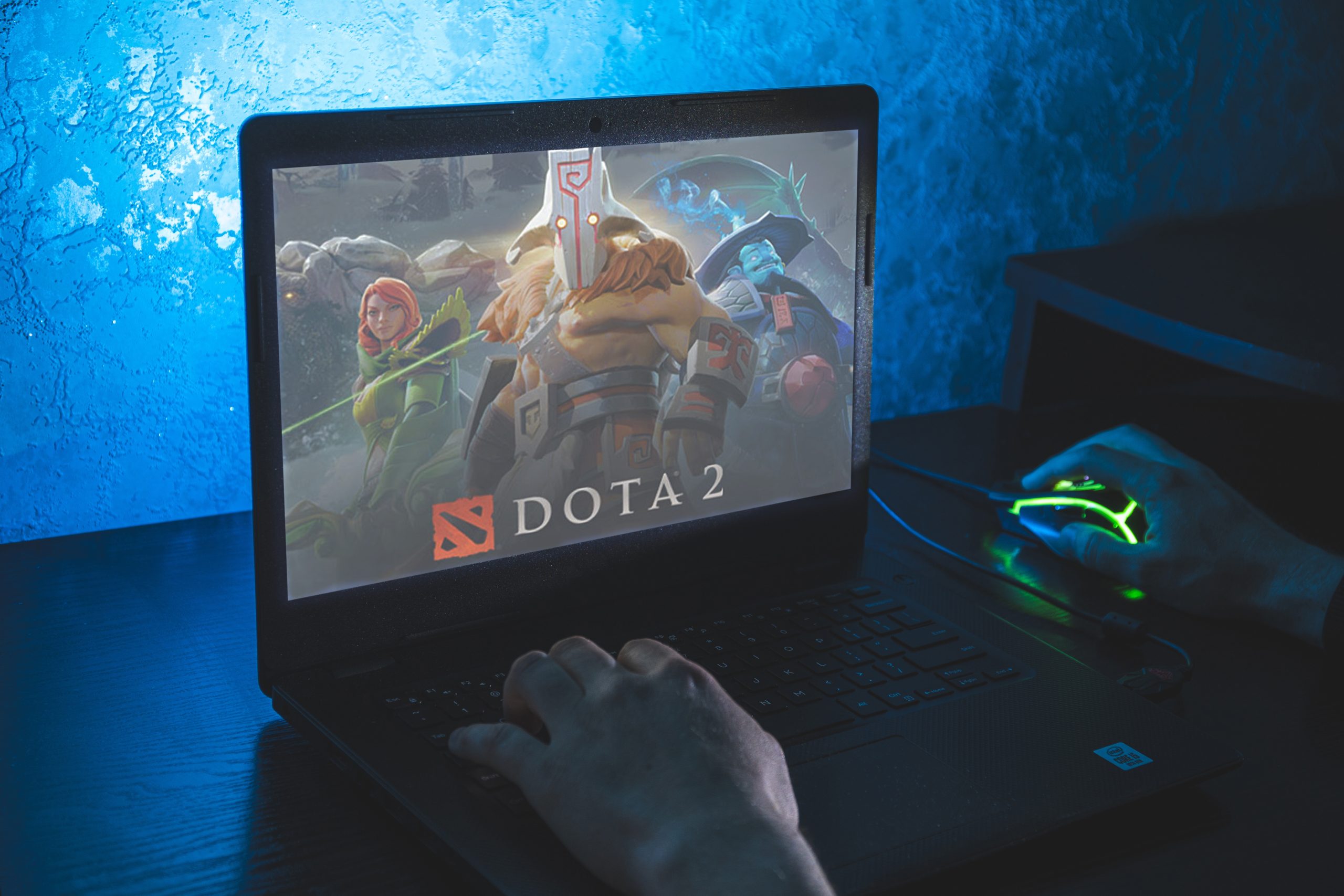The basics of Dota 2: What you need to know about armor stats
This summer’s metagame was pretty unique. Despite the introduction of Glimmer Cape this year, the gaming community saw a metagame centred on magic and sheer damage with the advent of the Disco Pony, A.K.A. Leshrac.
Now, on the other hand, we have a fresh patch and new meta to contend with. Alchemist has grown in prominence as the meta shifts back to a more physical DPS-based one. That is why here at Dota Game, this page aims to walk you through the mechanics of Armor. Whether a novice or seasoned player, everyone has to learn and relearn the basics of Dota 2’s physical damage feature, especially since the game is often updated with major releases.
About Armor
Armor in Dota 2 is a stat that decreases (or increases, if negative) the physical damage dealt by abilities and attacks. Every unit can acquire or lose armor. While most start with a modest amount of basic armor, some even with negative armor.
The Agility characteristic of a hero’s armor may be passively enhanced by power levelling, some items, talent, and certain specific abilities. The latter can also briefly enhance or decrease the armor of any unit.
Consider the armor to be an increase in your own effective hit points (HP) rather than a reduction in incoming damage. For example, a hero receives 6% of his current HP in physical damage resistance for every armor piece he wears. So, if you have 100 health and 1 armor, you can take 106 physical damage before you die. You can also take 220 damage before dying if you have 100 health and 20 armor.
Base armor
Base armor is the component of the primary armor that does not alter throughout the game. It consists of a single fixed value set for each unit. A unit’s basic armor can be a negative amount. Since only heroes have agility, all non-hero troops’ head-up displays (HUD) show their base armor.
Main armor
The armor value seen in white numbers near the shield symbol in the HUD is the main armor, which consists of basic armor plus armor supplied by a hero’s agility. The sole method to strengthen a hero’s primary armor is to raise its Agility attribute, which may be obtained by levelling up, purchasing specific items, or using particular skills.
Bonus armor
Bonus armor is the armor amount indicated in green digits with a plus to the left of the white armor number on a unit’s statistics. However, the bonus armor of the afflicted unit is increased whenever an armor providing item or armor enhancing ability has a +Value Armor (e.g. Blade Mail +6 Armor).
Factors to consider when buying armor
Armor is essential but not too much to the point where you spend all of your money buying it. So, here we have listed down some factors to keep you reminded whether the plan of purchasing it is correct or not.
- If it’s just for a casual armor
For tanky heroes with a spare item slot, it is fine to merely buy an inexpensive, casual piece of armor for longevity and sell it later. This idea is a lot better than dying because you scrounge for thirty seconds to make a big-ticket buy.
- Keep in mind the ratio rule
If you have more than 1400 health, armor is usually preferable over HP. The only exception is if you are up against an opponent that does a lot of non-physical damage like Silencer. In other words, armor has the best price-to-effect ratio in the middle but the largest impact in the end.
- Think about the nuclear option
Ask yourself how much health you will have once your opponents use their magic damage. Considering that you will seldom battle without suffering magical or pure damage, don’t base your armor choices on your maximum HP bar. You become vulnerable to magical or pure-damage nukes if you overspend on armor.
5 best Dota 2 armor heroes
Assert absolute dominance as you watch your enemies struggle to take down your armor. Here we share with you the top 10 Dota 2 armor heroes.
- Vengeful Spirit
With her extremely high agility increase, Vengeful Spirit has been broken for quite some time. She’s been pounded by the nerf hammer for a while now, yet she still scales exceptionally well and is one of the tanky heroes as a consequence.
Vengeful Spirit’s Aghanim shard upgrade makes her even tankier, allowing her 2nd talent called Wave of Terror to remove 20% of the armor of anything it strikes.
- Undying
Undying, the Almighty Dirge, is a melee hero who can also serve as a tank and perform spells. This transformation boosts his tankiness while also allowing him to inflict a debuff on his opponent that slows and amplifies all future damage.
- Centaur
Centaur Warrunner is another hero with a talent that grants him intrinsic tankiness and longevity. His passive called Retaliate enables him to return damage according to his strength attribute plus a specified amount of damage. Hence, this allows him to concentrate on acquiring strength items while also increasing his health pool and damage. Breaking his passive won’t assist you either, since he becomes a tanky frontline and initiator.
- Bristleback
With his passive, Bristleback, this hero can mitigate the damage he takes. He, on the other hand, resists damage taken from the back by 40% and 20% when it comes from his sides, and once it exceeds a 210-damage threshold, he launches a Quill Spray at the current level. Bristleback may now be tanky and kill anyone attempting to kill him.
- Timber
Timbersaw’s armor originates from his Reactive Armor passive talent. This provides him 28.8 (36 with the talent) armor on max stacks, which is more than any 4700-gold armor item. As he receives 31.2 (39 with the talent) HP regeneration in addition to the armor increase, he can dive the Dota 2 T2 tower quickly, essentially bulldozing the opponent’s carry out of the lane.

